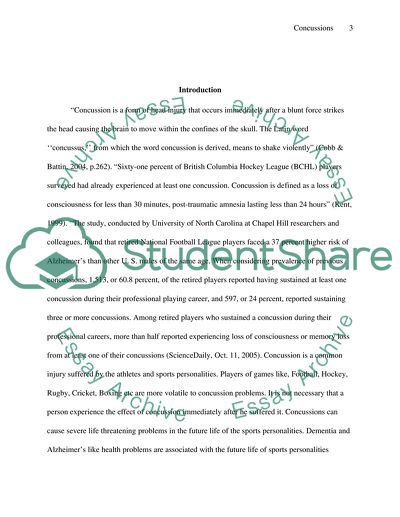Cite this document
(“Concussions - How Many Concussions Are Too Many Essay”, n.d.)
Concussions - How Many Concussions Are Too Many Essay. Retrieved from https://studentshare.org/health-sciences-medicine/1730036-concussions-how-many-are-too-many-research-paper
Concussions - How Many Concussions Are Too Many Essay. Retrieved from https://studentshare.org/health-sciences-medicine/1730036-concussions-how-many-are-too-many-research-paper
(Concussions - How Many Concussions Are Too Many Essay)
Concussions - How Many Concussions Are Too Many Essay. https://studentshare.org/health-sciences-medicine/1730036-concussions-how-many-are-too-many-research-paper.
Concussions - How Many Concussions Are Too Many Essay. https://studentshare.org/health-sciences-medicine/1730036-concussions-how-many-are-too-many-research-paper.
“Concussions - How Many Concussions Are Too Many Essay”, n.d. https://studentshare.org/health-sciences-medicine/1730036-concussions-how-many-are-too-many-research-paper.


